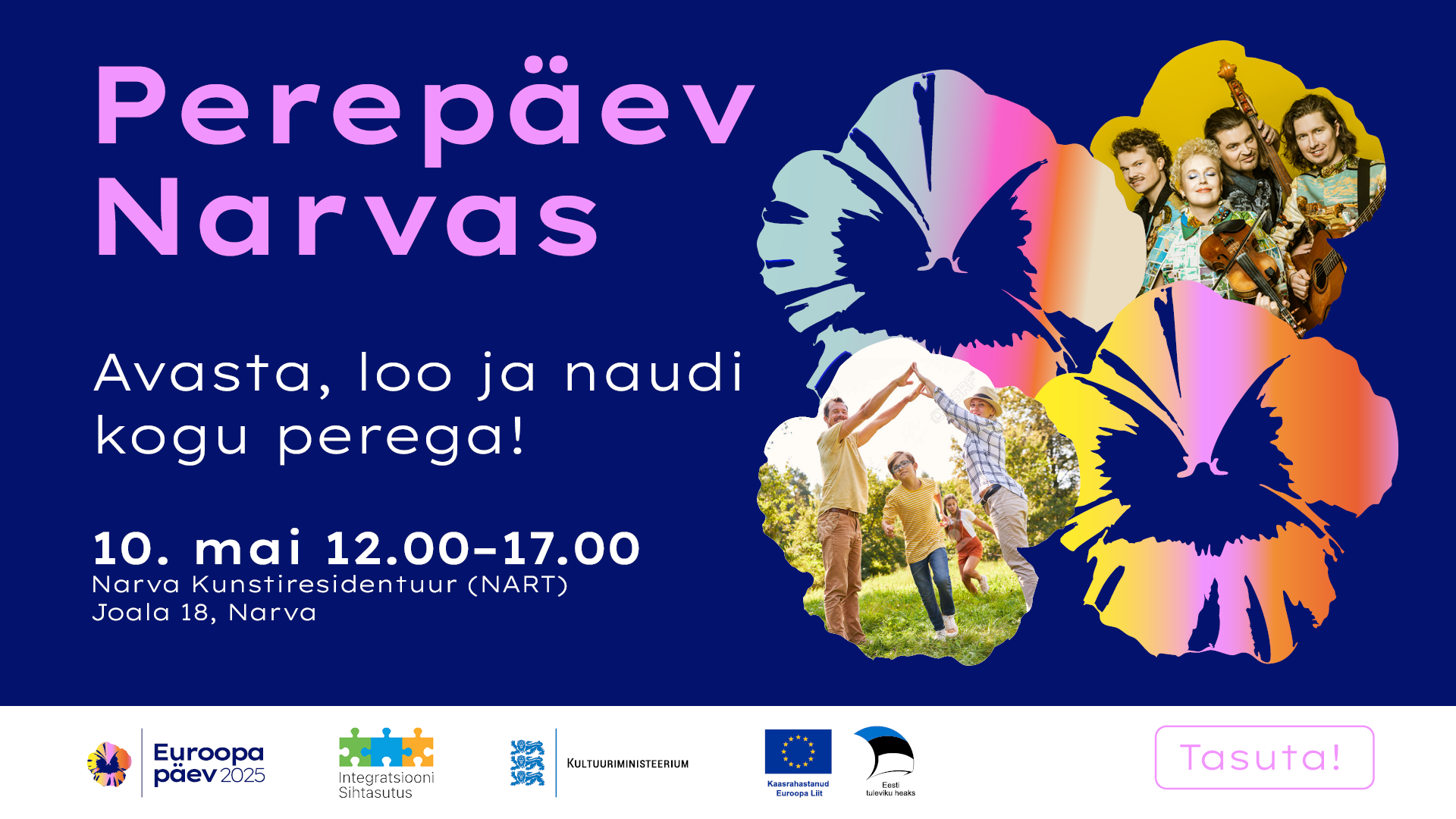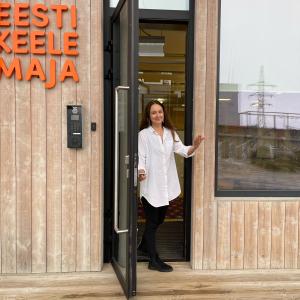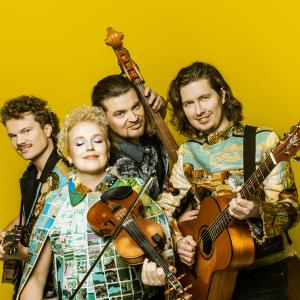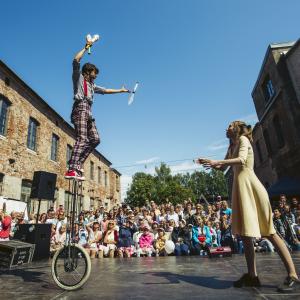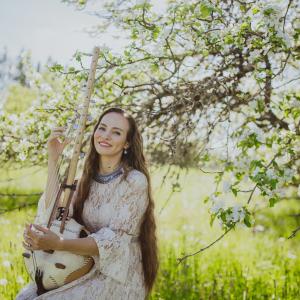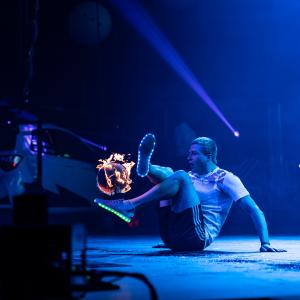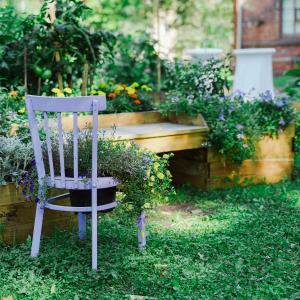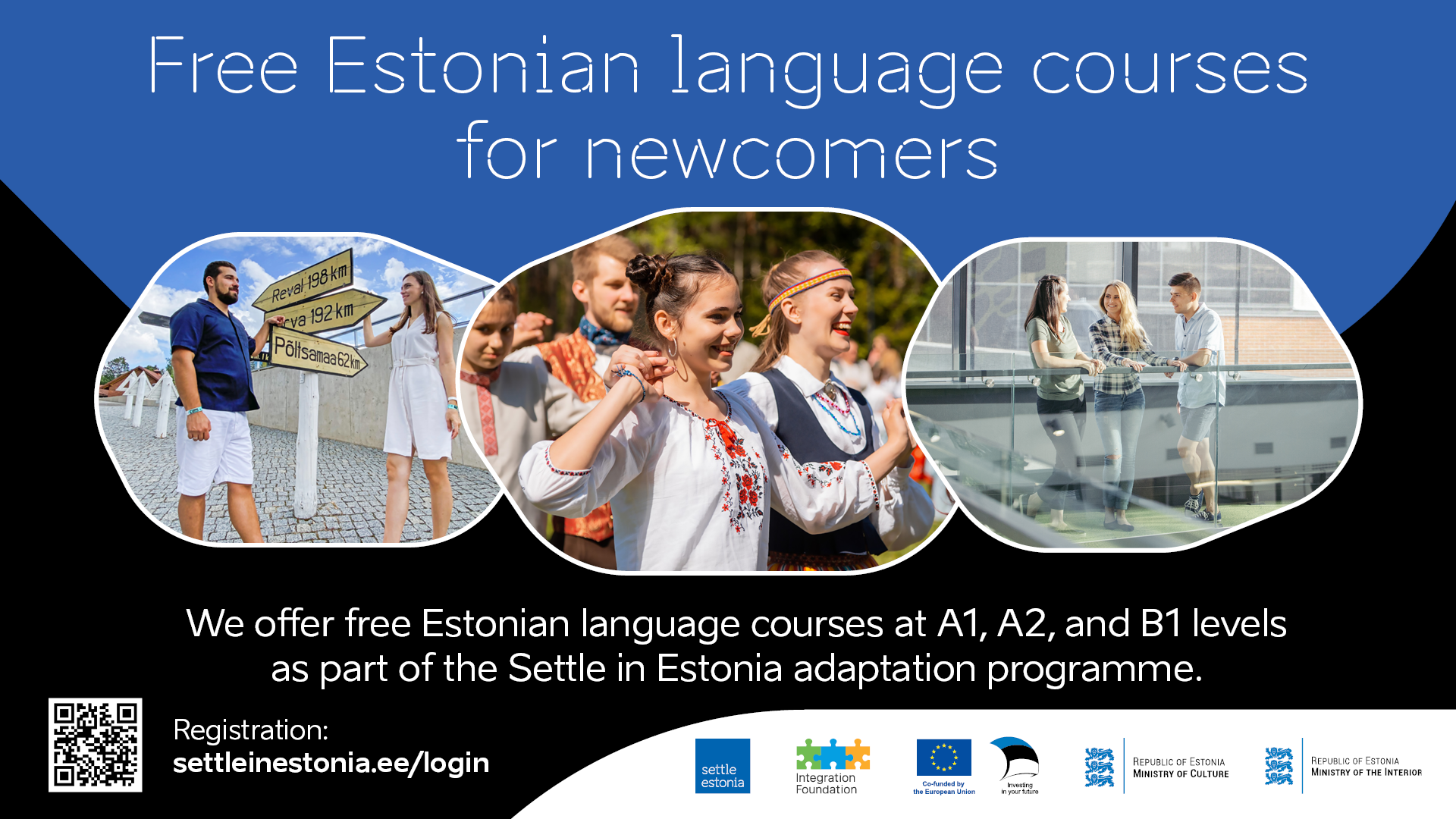
Everyone who have arriving in Estonia can now use the roadmap to adaptation – a guide offering practical instructions and advice on a wide range of topics related to starting life in a new country. The newly developed roadmap is available free of charge on the Integration Foundation's website.
‘We’re seeing an increasing number of people from different regions turning to our foundation for support. Upon arriving in Estonia, new residents face numerous questions, such as how to learn Estonian, find a place to live, or get medical assistance. The clearer the information is to the newcomers, the quicker they can become independent and a part of our society. he roadmap we've created helps make this information accessible on our website at any time,’ explained Dmitri Moskovtsev, Head of the Integration Foundation.
The adaptation roadmap provides an overview of 17 different topics, such as general daily life, language learning opportunities, the labor market, education, and medical care. In addition to comprehensive information, it includes detailed guidelines and advice. The roadmap is available in the languages most commonly needed during the adaptation process – Estonian, English, and Russian.
‘We put the roadmap together in cooperation with various institutions, based on the expectations and needs of newcomers. With just a few clicks on a phone or computer, newcomers can find practical information needed to start life in a new country. The same roadmap is also useful for anyone a newcomer might turn to for help – sometimes it's enough just to recommend using the roadmap,’ explained Britta Saks, Head of the Adaptation Field at the Integration Foundation.
The Integration Foundation has developed the roadmap to adaptation with the co-funding of the European Union. The roadmap is available on the website of the foundation, at https://www.integratsioon.ee/en/roadmap-adaptation.
The Integration Foundation supports integration in Estonia through a wide range of activities. These include supporting the adaptation of people who have been living in Estonia for less than five years. To this end, the foundation offers Estonian language courses, adaptation training, and other activities, such as field trips and community events, with both state and European Union funding.

